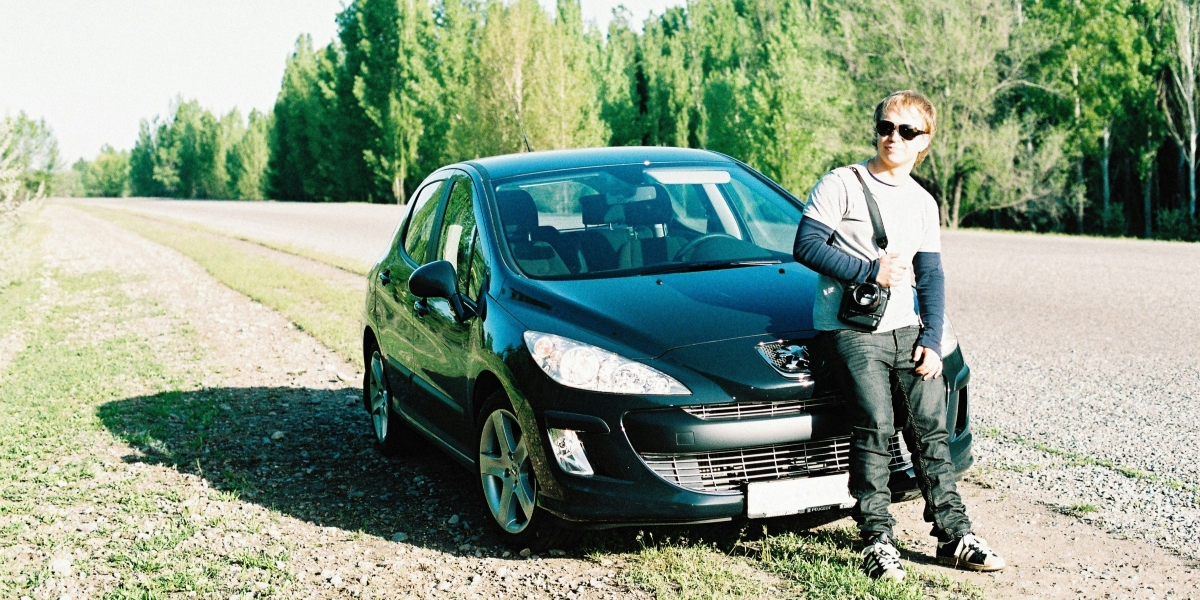Every so often, an organization craze takes people by storm. They’re going through every room in their house and scrutinizing each purchase at length. And that fad lasts for a while before eventually dying down. Maybe you keep up the habits, or perhaps they’re forgotten like plenty of trends before them.
Being organized goes beyond just a skill—it’s a way of life. It involves making intentional daily choices to maintain the systems you put in place. That said, figuring out where to start and identifying the areas that need attention can be challenging. Here are a few key areas to consider as you begin your organization journey.
Home Maintenance
Homeownership is an exciting milestone. You’re considering layouts and decor options, hosting opportunities, and planning renovation projects. However, it’s not just about the aesthetics. You must be organized in tracking maintenance to keep your home in good condition.
That’s largely because different systems in your home may require servicing on different timelines. Your chimney will need to be cleaned and plumbing checked. You’ll want to keep an eye on water pressure and the condition of your roof. Larger appliances like your HVAC or mini split may need tending as well.
Consider gathering all the information about these requirements in one place. Keep track of when they were last serviced and set reminders in your phone or calendar for upcoming maintenance. Whether you choose a binder or a digital spreadsheet, having everything in an accessible spot can be helpful. While it takes some effort, having this documentation can make things easier when you need it.
Closets and Dressers
Clothing is one of the biggest drivers of trends. The quintessential style of different periods stands out, leaving its mark for years. Of course, trend cycles are shorter now than ever, and microtrends dominate the fashion world. With that comes a lot of excess clothing, making closets and dressers prime areas needing organization.
Start by considering your typical style. Are you a t-shirt and jeans person, or are you dressed to the nines for every occasion? Use your answer to determine what stays and what goes. Anything you can’t use in an outfit you’d wear is out. So are the clothes you’re keeping in hopes of needing them one day — like those jeans that have never really fit right.
It’s hard to part ways with clothes, particularly those with sentimental value. But it’s a necessary step in an organization’s journey. Once your wardrobe is whittled down, you’ll likely be shocked at how much your closet can fit. Spend time folding and color coding to your heart’s desire and relish that you wear what you own.
Vehicles
Often dumping grounds for crumbs and receipts, vehicles don’t get their fair share of organizational attention. After all, you’re in them for one purpose: Getting from point A to point B. What happens between the two can be stressful, chaotic, or otherwise unremarkable. However, you shouldn’t underestimate the power of a clean, organized car.
Start with the most obvious areas of disarray. If you have kids or pets, this is probably wherever they ride in the vehicle. If it’s just you, that may be near the driver’s side. Pick up trash and vacuum crumbs, dirt, and leaves as an initial step.
Then, take everything out of the rest of your vehicle. Clear out the glove box, your center console, and the trunk. Buy small storage containers to categorize the items you need when on the go and find them a natural home. With time, you can have an organized vehicle that fits your needs no matter how far you travel.
Important Documents
Misplacing your passport, social security card, or other important documents is anxiety-inducing. Your heart beats a bit faster as you furiously rifle through drawers and under stacks of paper. Your hands start to sweat as you think about where they could be. When did you last see them?
If this resonates with you, organizing important documents can be a helpful step in getting things in order. Your system doesn’t have to be complicated—it just needs to provide a single, reliable spot for all your important papers. This might be a safety deposit box at a bank or a water- and fireproof bag stored securely at home.
Choose a place that’s easy for you to access but not too obvious. The key is to consistently store your documents in that designated spot. This way, you’ll know exactly where to find items like your marriage license or birth certificate when you need them.
Attic
Holiday decor, appliance boxes, and random bits and bobs enter your attic. It can be quite chaotic between those and the wires, cobwebs, and dust. While that doesn’t make it an organizer’s dream, it is a project you can work toward improving.
Start by taking everything out to get a clear view of what you have. Sort items into categories: what to discard, keep, donate, or sell. Once you’ve decided what to keep, begin organizing. Consider using storage containers with tight seals to help protect against moisture and pests. Label each box clearly, especially if the contents aren’t visible, to make locating things easier. Return the organized boxes to the attic when everything is sorted and packed. While this project might take some time, it can make finding specific items much simpler in the future.
More Organization, Less Worry
Being organized is more than having a place for everything. It’s about maintaining your organizational structure and knowing what you own. From there, you can’t help but enjoy your impeccably organized space.
Published by Mark V.






